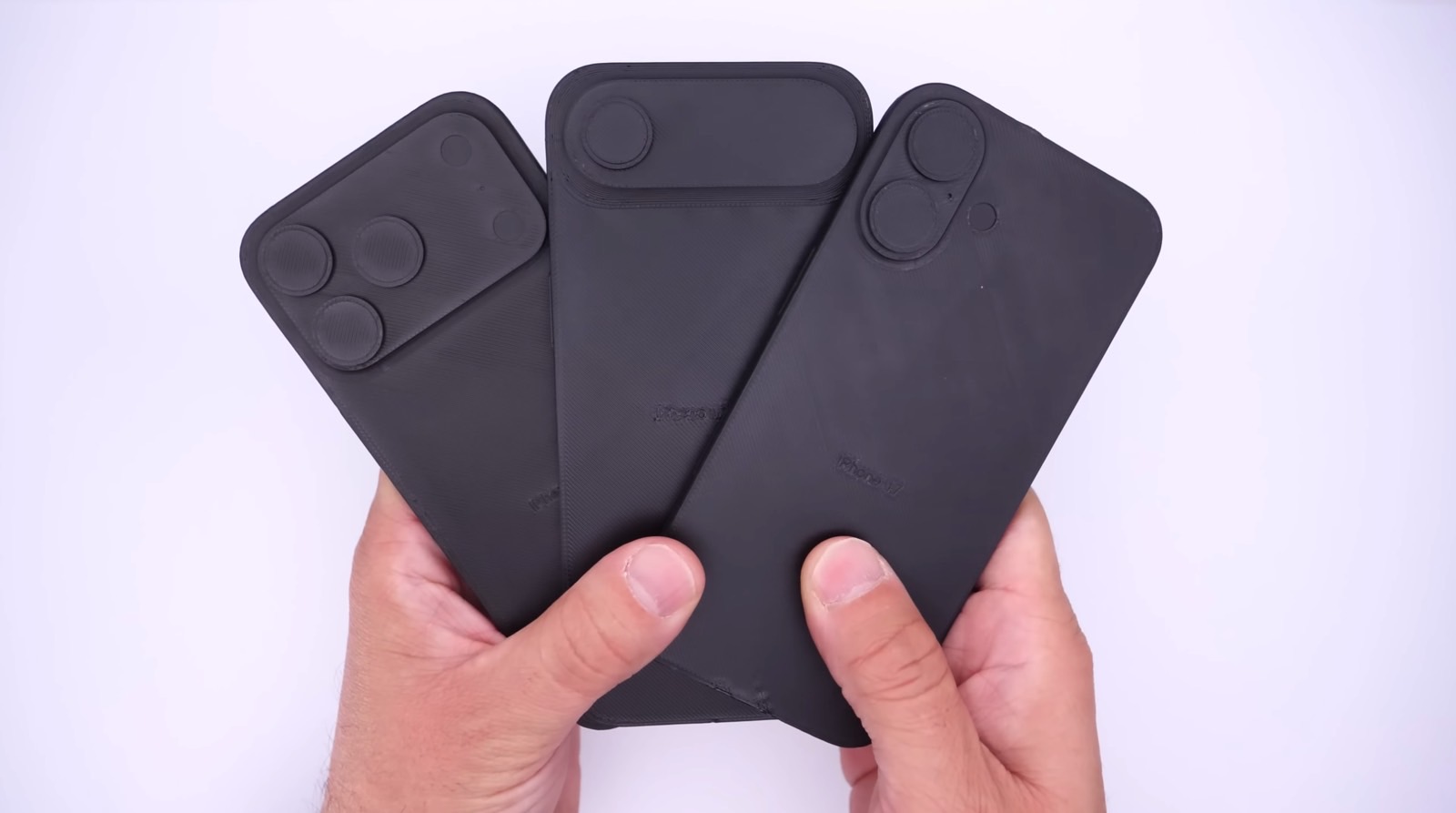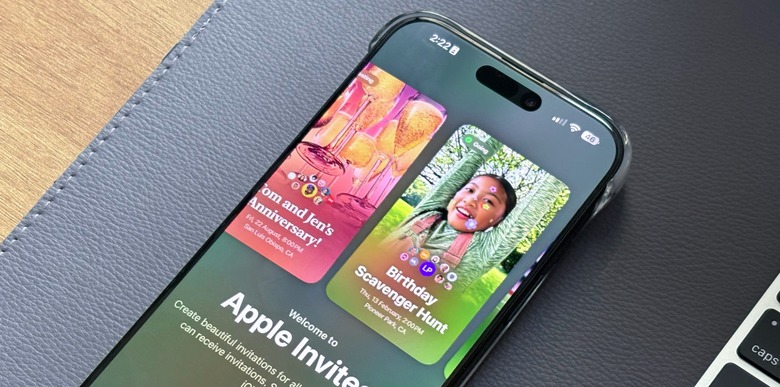How The AI Boom Might Hurt Apple's iPhone 17
The iPhone 17 series will be unveiled in early September, just like most other iPhone models. Shortly after Apple's launch event, the new iPhone models will go up for preorder ahead of a release the following week. We've come to take this iPhone schedule for granted because Apple runs a tight ship, both when it comes to developing and manufacturing new models.
We've also seen some iPhone delays in the past. The iPhone X, iPhone XR, and iPhone 12 series are examples. The first two happened because of production issues, while the iPhone 12 schedule was a victim of the COVID pandemic.
Given all that, we wouldn't expect any delays for Apple's four iPhone 17 models. Trump's tariffs might impact production costs and lead to higher price tags, but that should not delay production.
However, new reports indicate that Apple is dealing with a rather serious component crisis that might impact the iPhone 17 production schedule. A crucial component in the iPhone's logic board is in short supply, and Apple is supposedly scrambling to ensure it has enough supply.
Ironically, the AI boom we've been witnessing for a few years could be the culprit. AI chips that are in such high demand right now are said to be consuming this particular component that Apple needs to ensure it can build enough iPhone logic boards to meet demand.
Most iPhone buyers have no idea what "low‑CTE fiberglass sheets" are or why they're needed in modern products like the iPhone or next-gen GPUs that allow the AI to think. But industry observer Jukanlosreve said on X that "a shortage of low‑CTE fiberglass sheets has disrupted inventory buildup for the iPhone 17 series. Apple is currently pushing its supply chain to deliver and is doing everything possible to secure the components."
A report from Chinese-language Wall Street Insight (via PhoneArena) provides more details on the matter. Apparently, Apple's Tim Cook is "extremely anxious" about supply issues with low‑CTE fiberglass sheets.
These ultra-thin glass sheets sit between the various layers of the logic board, protecting them against heat-related damage. The various components on the logic board, like the next-gen A19 chip that will power the iPhone 17 series, heat up and cool down during regular use. Materials tend to lengthen and shrink when dealing with heat, and each does it differently.
Without this ultra-thin, low-CTE fiberglass sheet between the various layers of a logic board, the frequent heat-related size fluctuations would eventually damage internal components, rendering the phone useless.
The same material is needed to make GPUs for AI infrastructure. These chips experience the same thermal issues, so their layers need the same type of protection. Therefore, AI GPU makers will also consume the same components that Apple and other smartphone vendors need.

Now, Apple routinely manufactures and sells well over 200 million iPhone units per year. When a new series like the iPhone 17 family is released, you'll often hear reports saying that Apple will manufacture up to 100 million units for the September to December period.
The newest iPhone models routinely sell out, and that happens even in years when production isn't impacted by any sort of issues. Apple usually catches up with demand, but that means not all buyers who want a new iPhone in late September will get one.
Finally, Apple starts iPhone preorders on almost the same date in dozens of markets around the world. That's an incredibly logistical undertaking. The iPhones don't just have to be manufactured and ready; they have to be shipped to various countries in time for that late September release date.
Apple will soon start production of iPhone 17 to have enough units on hand to satisfy some of the early demand by September. If the low‑CTE fiberglass sheets continue to be in short supply, we might see prolonged shipping delays for certain models.
Remember that the 2025 iPhone generation will be special. Apple will introduce an ultra-thin iPhone 17 Air this year, and the iPhone 17 Pro Max might have a few extra features. The latter will surely be a best-seller, but the iPhone 17 Air could also make an impression on buyers. It's the iPhone I'm looking to buy.
Increased demand for some iPhone 17 models combined with a strained supply chain might lead to unexpected shipping delays for certain versions.
That said, I don't expect Apple to actually delay the launch of any of the four iPhone 17 models. If anything, Apple might benefit from some models being sold out even faster than expected due to manufacturing issues and then catching up with demand by Christmas.
Of course, all of this is speculation based on an unconfirmed report. Apple never confirms manufacturing and supply issues that might impact its products, whether the iPhone or other devices.
